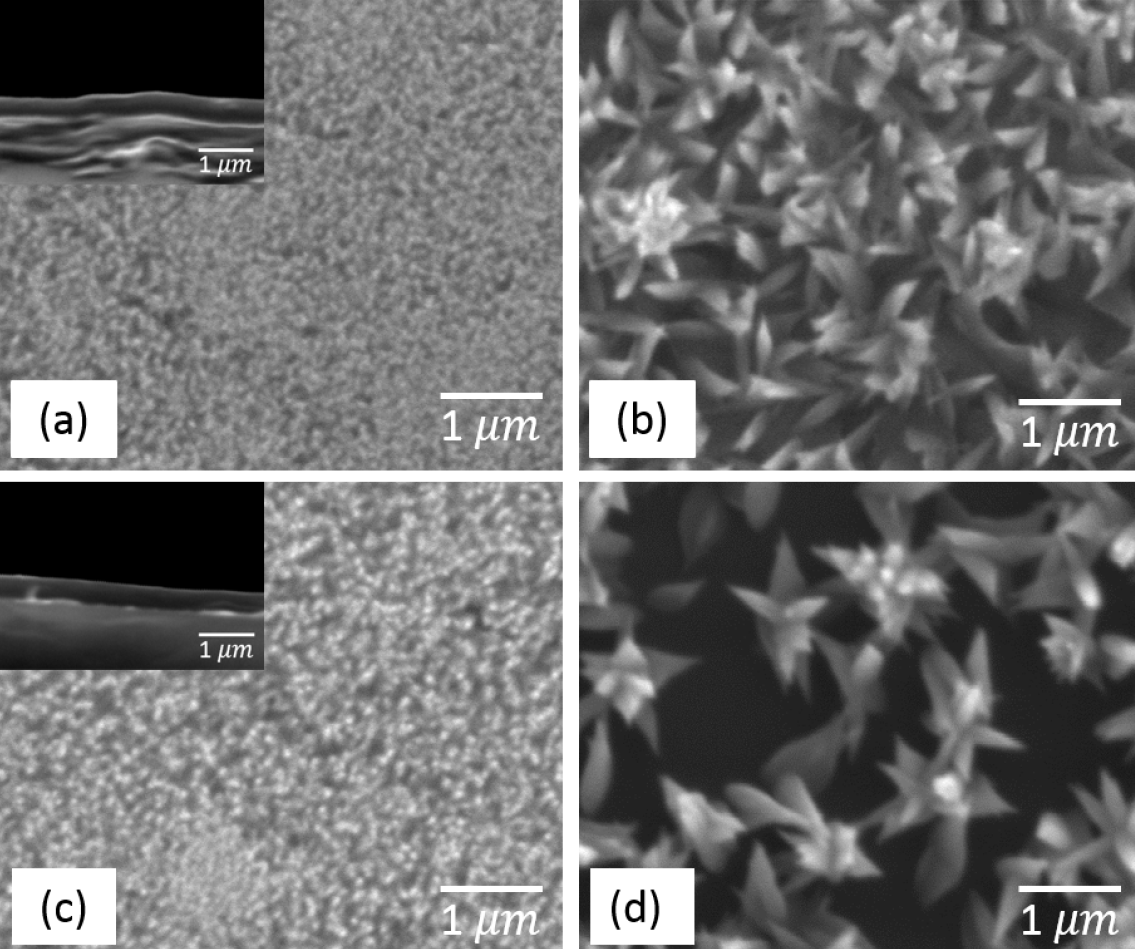Influence of the Dip and Spin Coating Methods on the Seeding for the Growing of CuO Nanorods by a Hydrothermal Technique
Abstract
Copper II oxide (CuO) nanostructures based solar cell have a great potential due to the optimal absorber characteristic of this materials. Furthermore, CuO is stable, composed by abundant elements in the Earth's crust and can be obtained by inexpensive and simple synthesis methods. We are presenting an inverted structure in which p-CuO nanorods (NRs) are grown on top of TCO (transparent conductive oxide) by the CBD (Chemical Bath Deposition) technique, followed by ZnO nanostructures as electron transport material. We have studied some interesting problems like the inuence of diverse thermal treatment into the morphological characteristics of the CuO nanorods as well as the ZnO decoration process. The obtained materials are characterized by means of SEM, XRD and Raman spectroscopy. The results give some insights towards the optimization of the proposed solar device


This work is licensed under a Creative Commons Attribution-NonCommercial 4.0 International License.
This work is licensed under the Creative Commons Attribution-NonCommercial 4.0 International (CC BY-NC 4.0) license.








